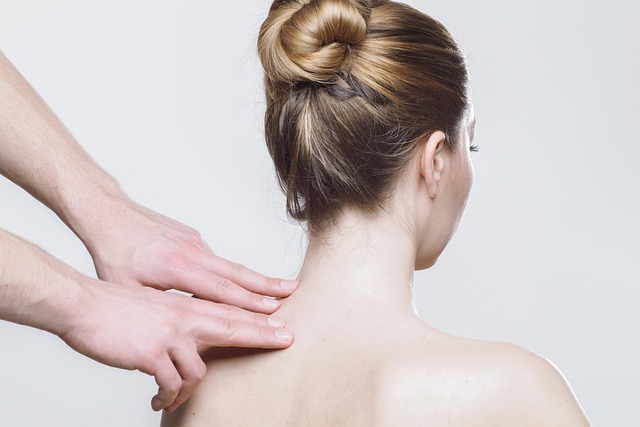Massage for Better Health and Comfort
A well-delivered massage can be more than a momentary indulgence — it’s a practical tool for easing muscle tension, lowering stress and supporting overall wellness. Whether you visit a clinic or invite a therapist to your home, massage techniques work through touch, pressure and movement to influence circulation, nervous-system responses and tissue mobility. This article explains what massage does, how it supports health and relaxation, how to find the right therapist, and practical ways to use massage safely in your daily life.

What is massage and how does it work?
Massage describes a range of hands-on techniques—kneading, stroking, compression and more—applied to soft tissues like muscles, fascia and skin. Mechanically, massage helps move fluids, reduce local muscle stiffness and encourage circulation. Neurologically, gentle, sustained touch can stimulate the parasympathetic system, which is associated with calming and recovery. Different modalities (Swedish, deep tissue, sports, myofascial release) emphasize different depths and intentions. While massage does not cure underlying medical conditions, it can reduce symptoms like tightness or localized pain and support movement and recovery when used alongside appropriate medical care.
How does massage support wellness?
Massage can be part of a broader wellness routine that includes movement, sleep hygiene and stress management. Regular sessions often help people maintain better joint mobility, manage chronic muscle tension and reduce perceived stress. For people with physically demanding jobs or athletes, massage can support recovery between activities. Many clinicians and therapists also use massage to complement physical therapy or rehabilitation programs. Clinical evidence varies by condition, so massage is best viewed as one component of a comprehensive wellness plan tailored to individual needs.
Can massage aid relaxation and sleep?
Yes—many people experience immediate relaxation after a session. Massage encourages release of muscle tension and can lower heart rate and breathing rate temporarily, which supports a relaxed state. For some, these physiological shifts make it easier to fall asleep or improve sleep quality on nights following treatment. Techniques focused on slow, rhythmic strokes and gentle pressure tend to be most effective for promoting relaxation. Results vary between individuals, and factors such as environment, therapist skill and timing of the session all influence outcomes.
How to choose a qualified therapist?
When looking for a therapist, prioritize credentials, experience and clear communication. Licensed or certified therapists have completed formal training and are typically registered with regulatory bodies in many regions; these qualifications indicate baseline competence in anatomy, contraindications and safe techniques. Ask about specialties (sports, prenatal, clinical), infection control practices, and whether they work with medical referrals. Discuss your goals, any health conditions or medications, and boundaries before the first session. Checking reviews and asking for recommendations from local services or a healthcare provider helps you find someone who matches your needs.
Is massage effective at home?
Home massage can be effective and convenient in two main ways: professional mobile therapists and self- or partner-assisted techniques. Mobile therapists bring clinical-grade treatments to your home environment and can offer tailored sessions similar to a clinic visit—search local services to find licensed providers who travel to your area. For daily maintenance, simple self-massage tools (foam rollers, massage balls) and guided self-massage routines can reduce tension and improve circulation. When using self-help tools, focus on controlled pressure, avoid painful techniques, and stop if symptoms worsen. For specific injuries or complex conditions, consult a qualified therapist or healthcare professional first.
This article is for informational purposes only and should not be considered medical advice. Please consult a qualified healthcare professional for personalized guidance and treatment.
Conclusion
Massage is a versatile, person-centered practice that can support relaxation, reduce muscle tension and complement broader wellness efforts. Whether you receive treatment from a licensed therapist in a clinic, book a mobile session at home, or use self-massage tools, choose approaches that match your health status and goals. With informed choices, clear communication and sensible expectations about outcomes, massage can be a reliable component of a balanced approach to physical comfort and mental calm.






